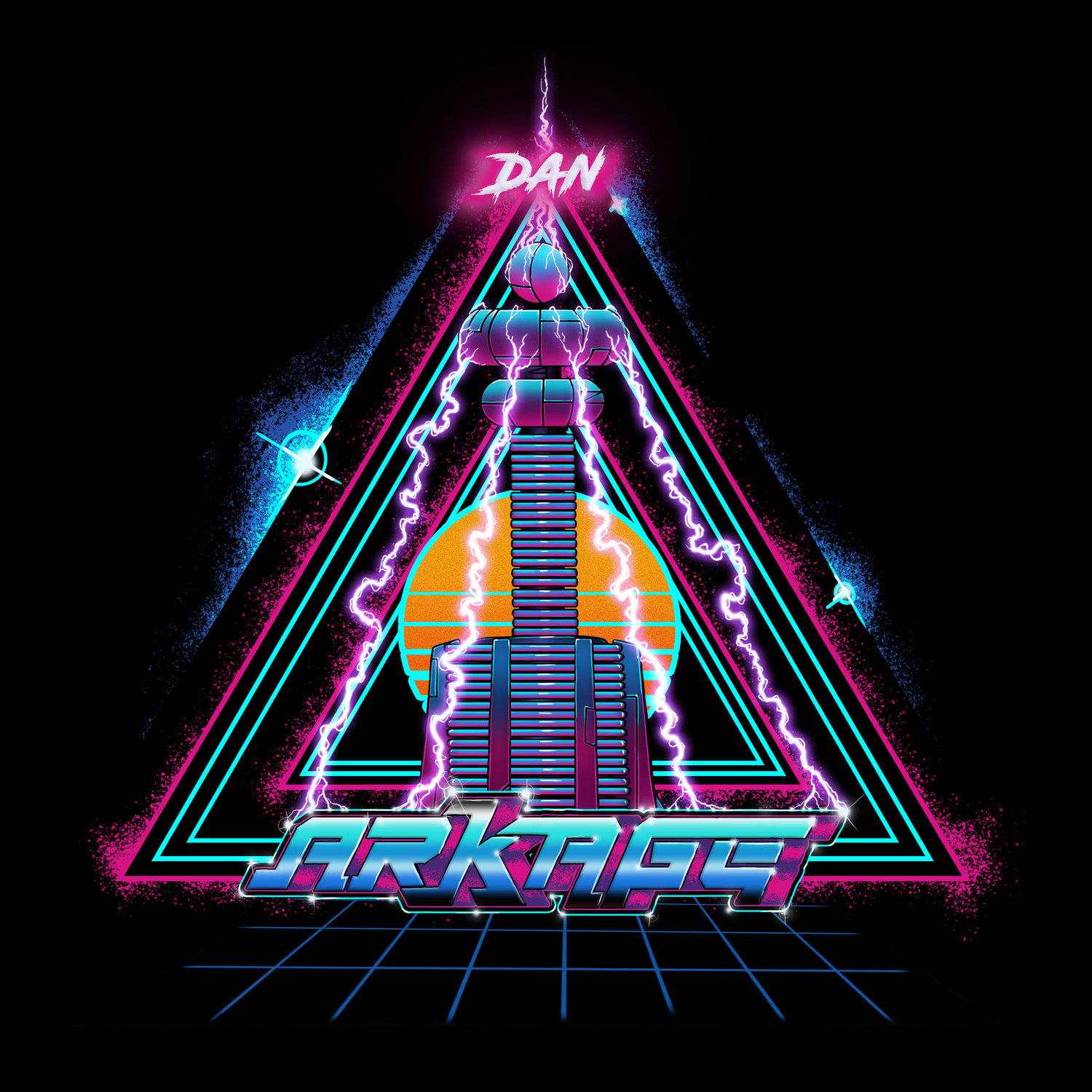As gamers we spend so much time going on a power fantasy where we save the helpless, mow down hundreds of lesser enemies and ultimately defeat the big bad at the end to save the world/planet/galaxy/universe that it can become somewhat rote. It’s rare that a game lets you be that big bad and rarer still where there isn’t some reconciliation at the end. Enter Carrion, where the developers decided to let you play as that big bad.
Carrion puts you in control of a blood drenched tentacle monster with a taste for human flesh, and sets you lose in a facility full of said walking food. It is a joy to play up to a point and doesn’t out stay its welcome with a relatively short run time, but I have never encountered a game that screams for one of the most used video game mechanics in history and never gets it.
Simply moving the monster around the map is an absolute joy, it just feels amazing to get around and the only times you can’t get to a particular spot is because you haven’t found the required upgrade yet. Yes, this is a metroidvania style game so upgrades come at a decent pace and allow you to get around easier or survive combat encounters better.
Speaking of, the combat is slightly weird. The majority of the NPC’s are fodder, literally, and are used to replenish biomass which serves as your health. There is a morbid satisfaction to entering a room full of unarmed scientists and ripping them all apart, sometimes rolling over the scene and covering it in blood. It harks of those horror movie scenes where the monster annihilates an supposedly ‘elite’ squad of soldiers and provides some of the games coolest moments.
As you progress, however, those NPC’s get guns. This starts with some obviously overly ambitious security guards and office workers grabbing weapons and thinking they are brave and they don’t pose too much of a threat, but eventually you get the actual soldiers and without considered use of the environment and a deft hand on the controller can prove a problem due to the forward shields they carry. These guys upgrade to flame throwing wielding annoyances and the ultimate enemy, the mech. Again though, through ability use, knowledge of the room/level and agile thumbs they don’t pose a huge problem.
It means the game is, for the most part, a breeze to play through. As I said at the beginning it is a joy to control and it’s at its best when it goes all in on the overpowered monster loose in an underground facility trope that is the games main selling point. Unfortunately, it isn’t without its problems which is a shame because with just a bit of tweaking Carrion could be one of the year's best games.
I said it’s great to control which is true, however, as the creature gets bigger it can get in its own way and make it difficult to move vertically. I am not exactly sure how this can be rectified, and it is a relatively small issue but it can be frustrating. Same goes for moving around in water as it can be hard to track which bit is the ‘front’ so you can end up moving in circles to get through a section.
This size issue can cause problems with a certain type of defense system the facility has as well. This is a mine, i guess, that sticks to the biomass and is an instant kill when it goes off after a couple of seconds. They appear at set locations and while there is an upgrade that stops them killing you, it is possible to accidentally drift into their reaction zone and get killed when you don’t have the energy needed to stop it. Again, like all but one issue in Carrion, it's an annoyance more than anything.
The main issue, and one that I don’t think any long time gamer would be able to understand why it isn’t included, is that this game needs a map. Desperately. It is ridiculous that it isn’t included given the lack of any other on screen direction other than your ability and health indicators, and given that the game is a metroidvania style game which inherently means a lot of backtracking and returning to old areas for upgrades, it is a glaring omission.
It is insane that one of the most used, and some would argue, basic video game mechanics is completely not in the game. Moreover, this was a deliberate design decision by the developers and speaks to an age old problem of “Well I can finish it without one so so can they.” I mean, to be fair you can, but not without an immense amount of moving through areas multiple times for no reason whatsoever.
The lack of a map is Carrion’s most frustrating and disappointing aspects and I hope the developers learn from this mistake and have more respect for their audience's time in the future as the despite that one massive issue and a few niggles, it is a great playing and fun game that genuinely offers something different to the usual power fantasy. I do recommend Carrion, just be aware that it will hugely frustrate you by the end.
























